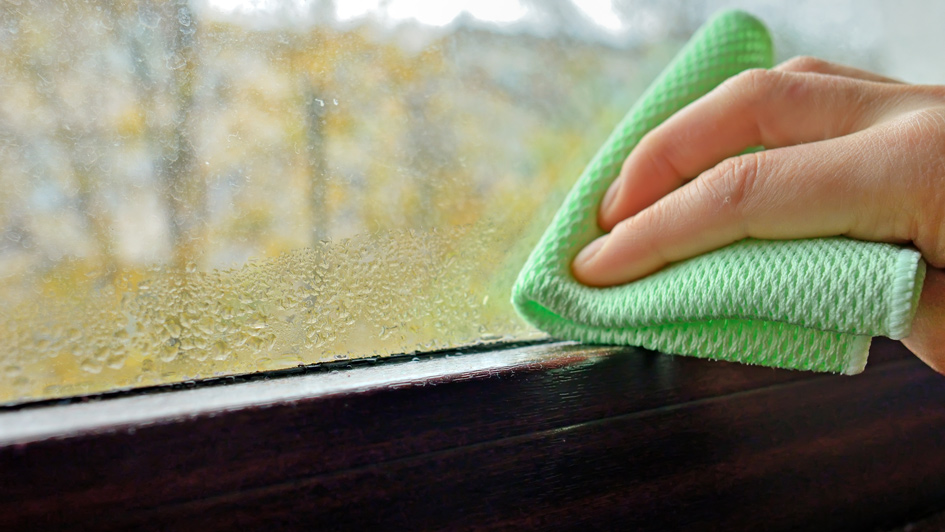
The windows in your home open up to the outdoors, a way to let light in as you enjoy the view of your garden, yard or landscape. The last thing you need to see is a sweaty window coated in a coating of condensation.
Not only are windows covered in condensation unappealing, they also can be a sign of a more substantial air-quality problem inside your home. Luckily, there’s numerous things you can do to resolve the problem.
What Produces Sweating in Windows
Condensation on the inner layer of windows is created by the moist warm air in your home mixing with the cooler surface of the windows. It’s particularly common during the winter when it’s much colder outside than it is within your home.
Inside Moisture vs. In Between Panes
When talking about condensation, it’s important to recognize the contrast between moisture on the inside of your windows compared to moisture in between the windowpanes. One is an air-quality issue and the other is a window issue.
- Moisture on the inside of a window is created from the warm damp air in your home forming on the glass.
- The moisture you see between windowpanes is caused when the window seal fails and moisture gets in between the two panes of glass, and at that point the window has to be repaired or replaced.
- Condensation inside the windows isn’t a window issue and can instead be resolved by fine-tuning the humidity in your home. Numerous things cause humidity throughout a home, such as showers, cooking, bathing or even breathing.
Why Condensation on Windows Can Be a Problem
Although you might think condensation on the inside of your windows is a cosmetic problem, it can be indicating your home has high humidity. If this is the case, water may also be condensing on window frames, cold walls or other surfaces. Even a thin film of water can cause wood surfaces to mildew or rot over time, increasing the growth of mildew or mold.
How to Lower Humidity in Your Home
Thankfully there are several options for removing moisture from the air throughout your home.
If you have a humidifier running within your home – whether it be a small-scale unit or a whole-house humidifier – lower it further so the humidity inside your home decreases.
If you don’t have a humidifier going and your home’s humidity level is excessive, consider purchasing a dehumidifier. While humidifiers introduces moisture in your home so the air doesn’t dry out, a dehumidifier extracts excess moisture out of the air.
Small, portable dehumidifiers can absorb the water from an entire room. However, portable units require emptying water trays and most often service a somewhat limited area. A whole-house dehumidifier will remove moisture from your entire home.
Whole-house dehumidifier systems are managed by a humidistat, which permits you to specify a humidity level the same like you would pick a temperature with your thermostat. The unit will start automatically when the humidity level exceeds the set level. These systems collaborate with your home’s HVAC system, so you will want to contact qualified professionals for whole-house dehumidifier installation Croydon.
Alternative Ways to Lower Condensation on Windows
- Exhaust fans. Adding exhaust fans near humidity hotspots including the bathroom, laundry room or above the stove can help by extracting the warm, humid air from these rooms out of your home before it can elevate the humidity level inside your home.
- Ceiling fans. Spinning ceiling fans can also keep air moving within the home so humid air doesn’t get caught up in one place.
- Opening your window treatments. Pulling open the blinds or drapes can reduce condensation by preventing the warm air from being trapped against the windowpane.
By reducing humidity across your home and circulating air throughout your home, you can enjoy clear, moisture-free windows even in the winter.
